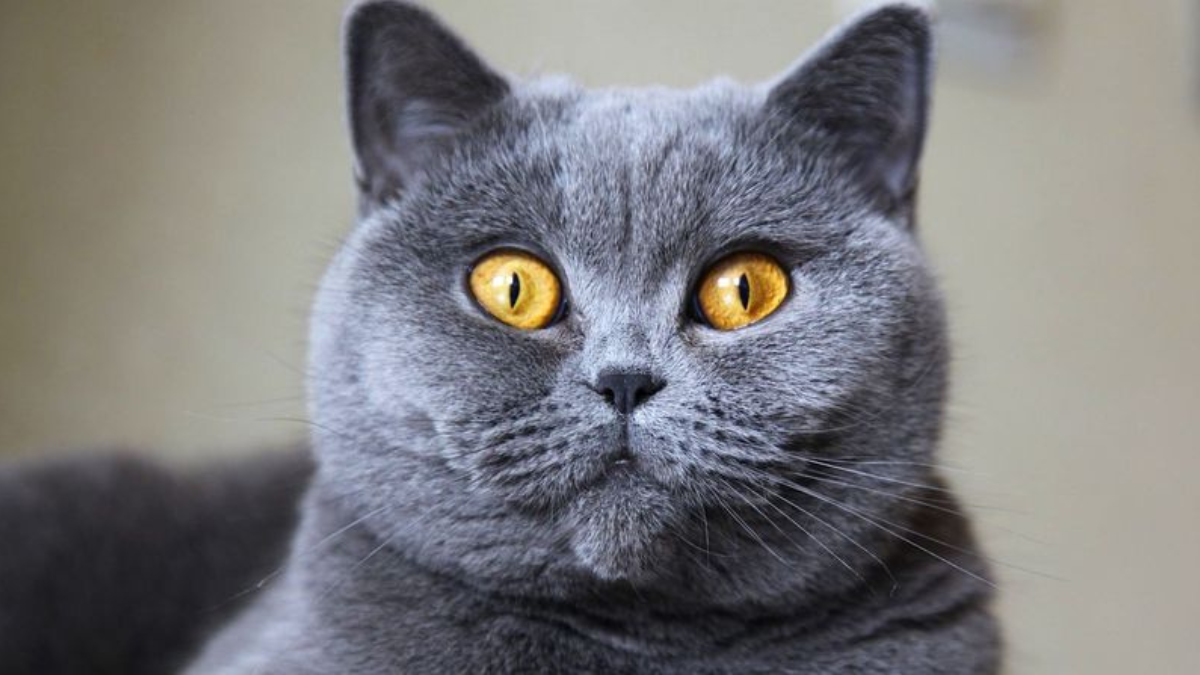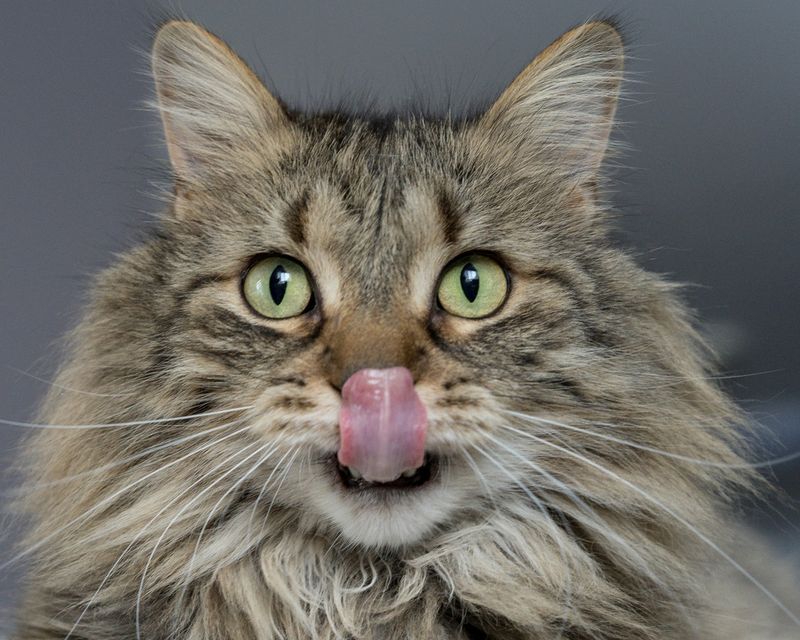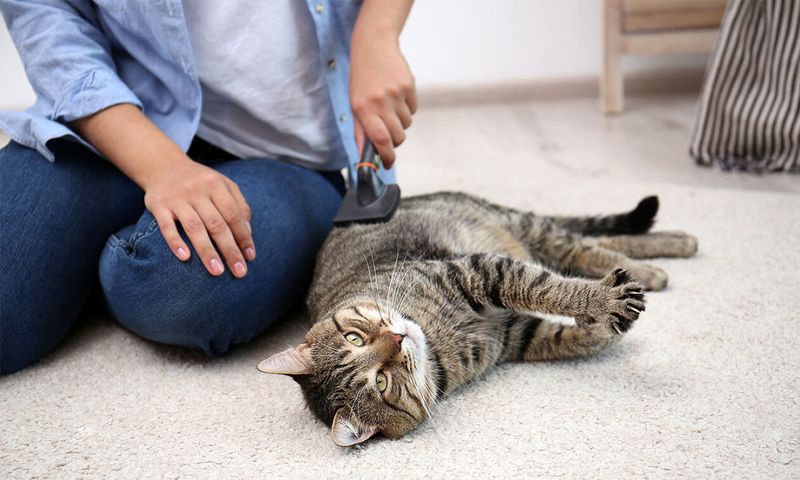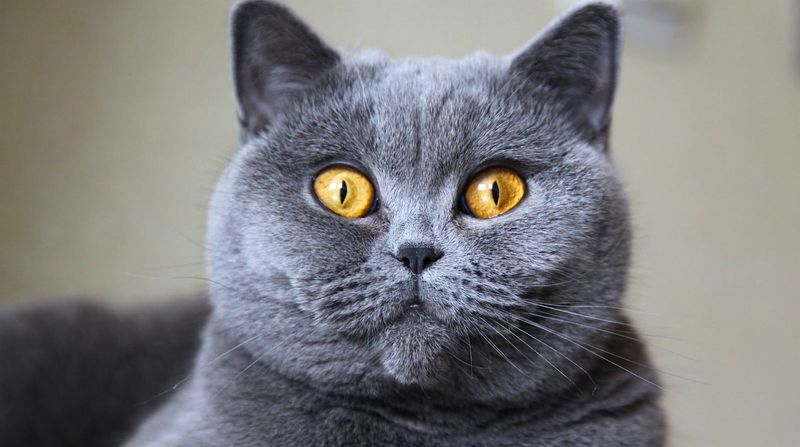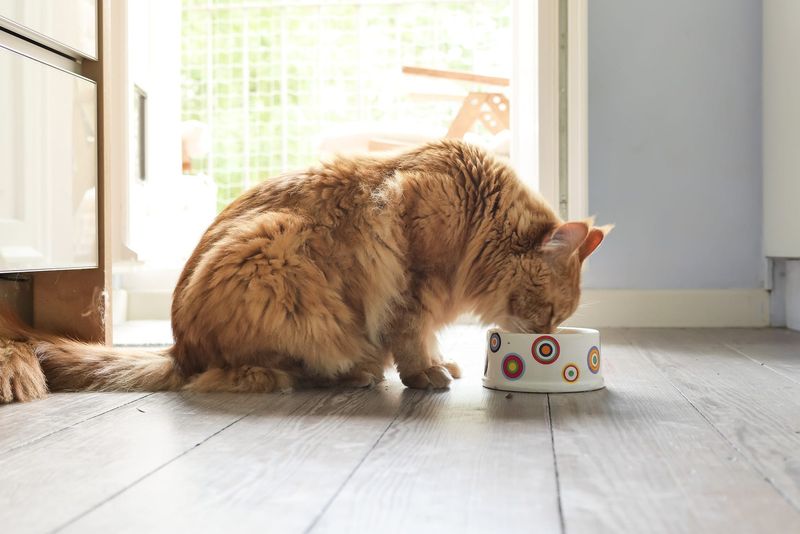📖 Table of Content:
Caring for a large cat requires more than the usual attention that a typical feline might need. Their size comes with unique challenges that demand special care and consideration. Recognizing and addressing these specific needs ensures that these majestic cats live comfortably and healthily.
Large cats are often more active and require environments that accommodate their size and energy levels. From food portions to appropriate playtime, these cats benefit from routines tailored to their stature. Understanding the extra care needed for their joints, muscles, and overall well-being is essential for their happiness.
With the right approach, these cats can thrive in any home, enjoying both physical and emotional health. Providing them with the proper care also strengthens the bond between owner and pet. Here are nine essential tips to help keep your large cat in top shape and ensure a fulfilling life.
1. Balanced Diet
Ensuring a balanced diet is vital for the overall health of large cats. Protein-rich foods and essential nutrients fuel their growth and active lifestyle. Portioning meals into smaller servings can prevent obesity and support their well-being.
Additionally, include a variety of foods to prevent boredom and nutritional deficiencies. Treats should be given sparingly and should complement their dietary needs.
Consult with a veterinarian for personalized dietary plans, ensuring the diet suits your cat’s specific health requirements. This approach ensures your feline friend maintains a healthy weight and vibrant energy.
2. Regular Exercise
Regular exercise is vital for the physical and mental health of large cats. Interactive toys and spacious environments encourage movement and play, keeping your cat agile and engaged.
Incorporate activities like climbing and chasing to stimulate their natural hunting instincts. Regular playtime strengthens the bond between you and your cat, offering both fun and fitness.
Ensure that your environment is safe for play, removing any hazards that could cause injury. This routine not only contributes to physical fitness but also prevents boredom-related behavioral issues.
3. Social Interaction
Emotional well-being in large cats relies on social connections. Spending time petting, talking, and playing with your cat builds trust and strengthens your bond.
Consider introducing other friendly pets for companionship, but ensure a gradual introduction to prevent stress.
These interactions fulfill your cat’s social needs and contribute to a balanced, happy life. While independence is a trait of many cats, regular socialization prevents loneliness and fosters emotional security.
4. Grooming Routine
Maintaining regular grooming habits is key to your cat’s health. Brushing removes loose hair and reduces shedding, preventing hairballs. Choose brushes suitable for your cat’s coat type to ensure comfort.
Regular checks for ticks and fleas, especially in outdoor environments, are crucial. Bathing should be minimal but necessary when your cat gets especially dirty.
Include nail trimming as part of the grooming to prevent overgrowth and related health issues. A consistent grooming routine fosters a clean, comfortable life for your cat, enhancing their overall well-being.
5. Veterinary Check-ups
Routine veterinary visits are essential for maintaining the health of large cats. Regular check-ups help identify potential health issues early, ensuring your cat remains in optimal condition.
Vaccinations and deworming schedules should be adhered to for optimal protection against diseases. Open communication with your vet allows tailored advice for your cat’s specific needs.
This proactive approach to health care ensures your cat remains healthy and vibrant. Preventative care and regular monitoring are essential to extend your feline friend’s lifespan and quality of life.
6. Safe Environment
A secure and hazard-free home is essential for the health of large cats. Eliminate risks and keep potential escape routes blocked. Ensure that windows are tightly shut or fitted with screens to protect your cat.
Provide plenty of soft resting areas and hiding spots to cater to their comfort and need for privacy. Enrich the environment with scratching posts and interactive play areas.
A safe and stimulating home environment encourages exploration and relaxation, vital for your cat’s happiness and security. Thoughtfully arranged spaces prevent accidents and promote a sense of belonging.
7. Mental Stimulation
Engaging your cat’s mind is just as important as physical activity. Use puzzle feeders and interactive toys to challenge their problem-solving skills and keep them sharp.
Rotate toys regularly to maintain interest and prevent boredom. Training sessions can also provide mental stimulation while enhancing your relationship with your cat.
This mental engagement prevents behavioral issues and promotes cognitive health. A mentally stimulated cat is happier and more adaptable to changes in their environment, leading to a more fulfilling life.
8. Proper Hydration
Large cats need proper hydration to stay healthy. Offering fresh water constantly and using a flowing water fountain can help encourage them to drink more. The movement of the water often sparks their interest, promoting better hydration.
Monitor your cat’s water consumption to identify any changes that may signal health issues. Wet food can also contribute to hydration, supplementing their water intake.
Adequate hydration supports kidney function and prevents urinary problems, ensuring your cat remains healthy and active. Providing appealing water sources promotes regular drinking habits.
9. Understanding Behavior
Being attuned to your cat’s behavior is key to nurturing a fulfilling bond. Recognizing when they feel anxious, happy, or uncomfortable allows you to act accordingly.
Encourage positive behaviors with rewards and gentle discipline for unwanted actions. Each cat has a unique personality that requires tailored approaches.
By understanding their behavior, you can provide a nurturing environment that supports their emotional needs. This understanding forms the foundation of a trusting and loving relationship with your cat, leading to a happier, more cooperative companion.
